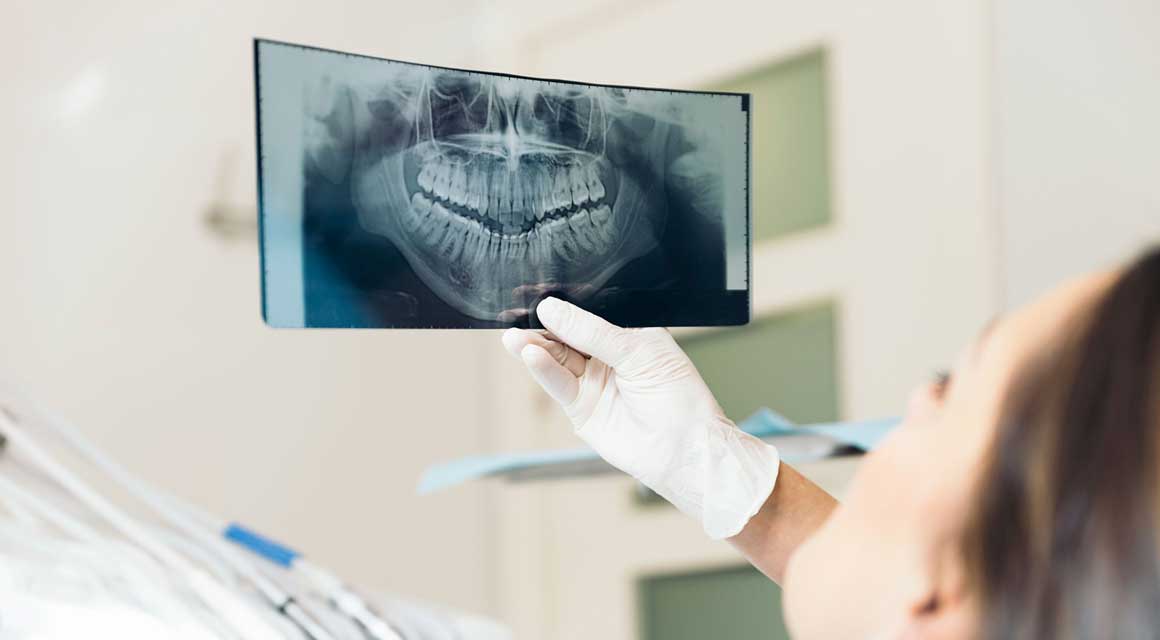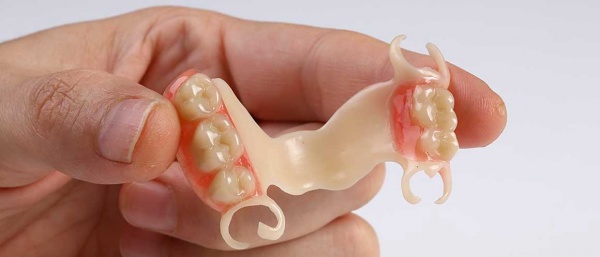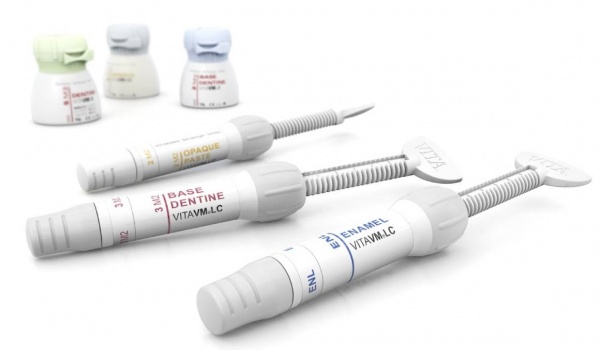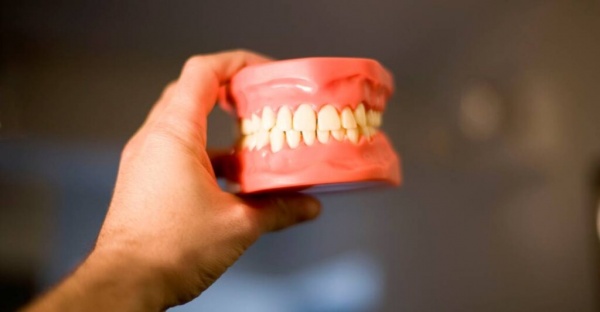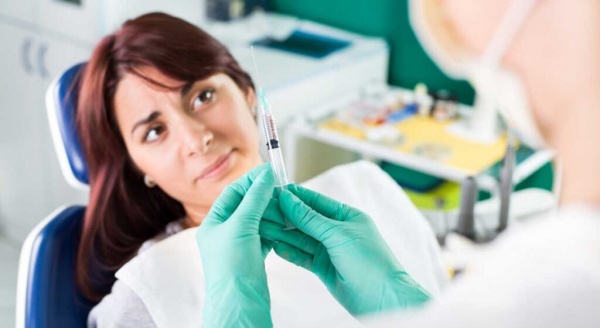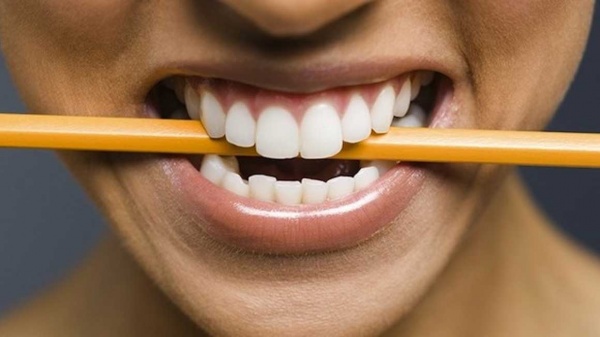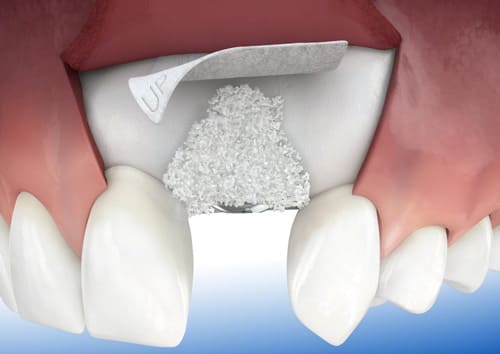X-ray is a traditional and very popular diagnostic method in dentistry. It is used both in children and adults to assess the condition of the teeth, diagnose neoplasms and inflammation.
What information does a dental x-ray give a doctor?
With the help of a snapshot of the tooth, it is possible to determine how severely the hard tissues are affected, whether there is hidden caries, and whether the previous dental treatment was carried out qualitatively.
X-rays allow the dentist not only to visualize the condition of the bone tissue, but also to identify many diseases. After all, the process of inflammation is often exacerbated unexpectedly. This is one of the most accurate survey methods. The sooner the disease is detected, the sooner appropriate treatment will be prescribed.
Today, clinics use modern X-ray machines that have many advantages:
- No preliminary preparation is required;
- High image accuracy with the possibility of obtaining a 3D model allows you to most accurately identify the pathology and prescribe adequate therapy;
- Maximum detailing of images guarantees the accuracy of diagnosis in complex or rare pathologies;
- The study takes no more than 10 minutes;
- Pictures can be saved to disk, played back at any time, sent to colleagues for a consultation;
- When viewing, you can change the scale for a more detailed study of the pathology.
Is X-Ray Radiation Harmful?
SanPiN specifications state that the maximum possible gamma radiation is 1000 microsieverts per year. Since the new machines take pictures quickly, the exposure time for the patient is very short. Accordingly, the radiation dose is negligible. How many times a year can you do an x-ray without harm to health?
Very often, for high-quality dental treatment and control of the processes occurring in the bone tissue, the doctor has to prescribe radiography several times. On average, about 100 photographs are allowed per calendar year. And there will be no harm to health. But even in the most advanced cases, doctors do not prescribe so many examinations!
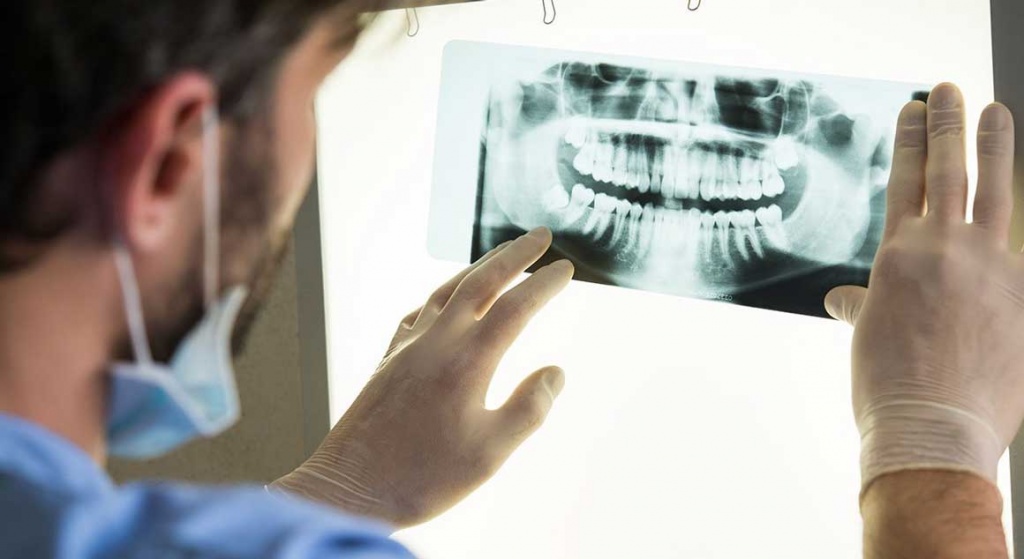
Who should not have a dental x-ray?
Undoubtedly, the dose of radiation during x-rays of the tooth is very small. However, some patients do not need to undergo this procedure. The main contraindications include:
- Pregnancy;
- Critically weak immunity;
- Psychiatric diseases;
- Bleeding.
How harmful are x-rays for pregnant women?
Pregnant women often also have to take x-rays. And according to SanPiN standards, X-rays are not formally prohibited for pregnant women. However, it is impossible to reliably predict the effect of radiation on the fetus. Therefore, if possible, such procedures should be avoided. The nuance is also that at the beginning of pregnancy, x-rays are still prohibited. At this time, the fetus is just beginning to form, and even minimal exposure can lead to serious malformations. If we are talking about the second and third trimester, then pregnant women can do x-rays. However, this procedure should be carried out only in case of emergency.
X-ray and children. Is it possible to?
X-rays in one way or another can negatively affect human cells. It's just a matter of dose and frequency.
The most susceptible organ of the fetus and newborns is the brain, and in children of preschool and school age - the skeletal system. If the dose is exceeded, the growth of the child may stop.
Therefore, it is not necessary to take pictures of children under 7 years old without a serious need. However, in cases where the risk of disease significantly outweighs the potential harm from exposure to gamma rays, x-rays are still prescribed. And you shouldn't give up on it.
The maximum allowable frequency of images per year for children is 2 times. In this case, the radiation dose will be minimal.

